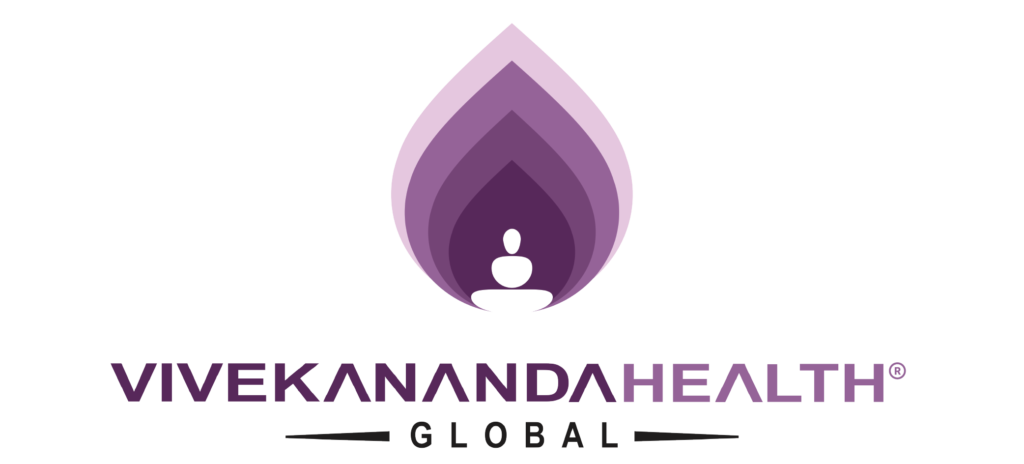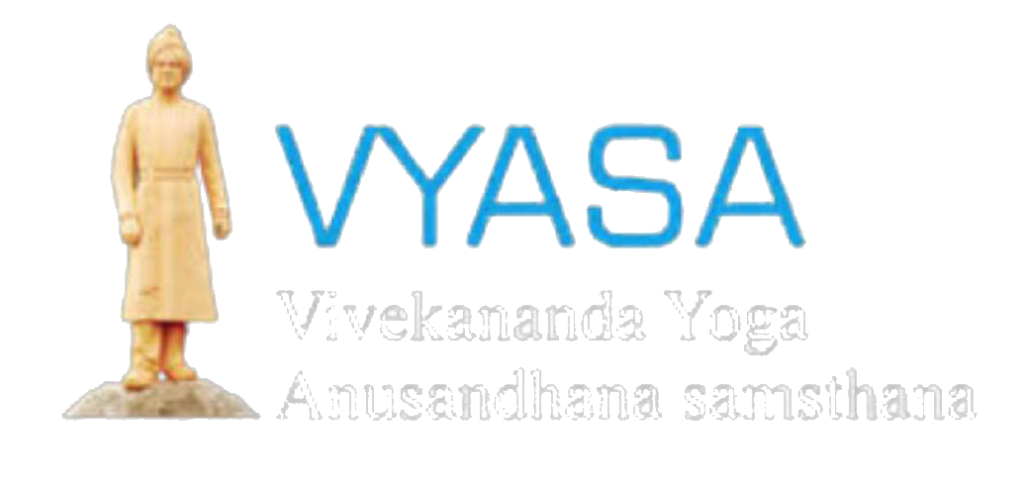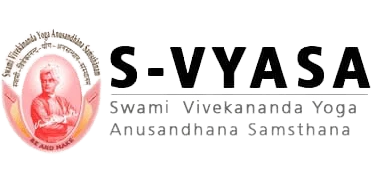Ayurveda is a science
Articles
Fasting is an important treatment modality for health preservation
Fasting is an important treatment modality for health preservation Fasting is voluntary abstinence from some or all food, drink or both for a period of time to give rest to the digestive system and thereby helping them to get cleansed. Types of fasting Religious fasting : In religious fasting, it...
Touch me not plant & its benefits to your Health
Touch me not plant & its benefits to your Health Touch me not, live and die, shame plant and humble plant is a subshrub which is found predominantly in India. Its thorny and the green leaflets fold and droop at night or when touched and cooled. It majorly possesses antibacterial,...
Anatomy and physiology knowledge -needed for a yoga teacher
Anatomy and physiology knowledge - needed for a yoga teacher Yoga instructor’s course is a 300 hour course after which you will be a certified yoga instructor. The present form of yoga instructor course has evolved over a few decades as a comprehensive training module on yoga. So, this course...
Asanas and relaxation techniques
Asanas and relaxation techniques Asanas must be practiced on a mat with an empty stomach to get proper benefits. Around the time of sunrise and sunset are the best times to do yoga. ‘Asana’ is the one of the limb/anga of the atanga yoga. Asana or physical pose must be...
Internship to gain sufficient knowledge and teach yoga confidently
Internship to gain sufficient knowledge and teach yoga confidently Vivekananda health globe’s Yoga instructors’ course (YIC) is 300hr course which has, Theory Sessions : Introduction to yoga Yoga Philosophy Anatomy and physiology Streams of yoga Life and message of swami Vivekananda Practical session Loosening exercise Breathing exercise Asana Relaxation techniques...
Eight step method
Eight Step Method The Asanas in YIC are practiced with a specially designed method called 8 step method, which help to understand the depth of the asana. Which include Name, meaning complementary posture demonstration benefits limitation of different asana. Step 1 Name the Asana which is being taught. It...
Disease and Treatment of Tridosha
Disease and Treatment of Tridosha Human body is made of 3 dosha, Vata, pitta and kapha. The prakruti (nature) of a person is made of prakruta dosha (normal dosha) in the womb itself which will never change. In the diseased condition the dosha will vitiate and cause different symptoms. That...
Obesity and Its Management
Obesity and Its Management Obesity is excessive or abnormal accumulation of fat that may impair health. Body mass Index (BMI) is a simple index of weight for height that is commonly used to classify overweight in adults. Overall, about 13% of the world’s population is obese and prevalence of obesity...
Karnapurana
Karnapurana Karnapurana – Karna = Ear Purana = Filling Karnapurana is the procedure of filling warm medicated oil into the ear until the canal is filled. It is one among the Pravicharana Sneha. Karna being one of the sites of Vata Dosha is easily prone to a lot of diseases....



